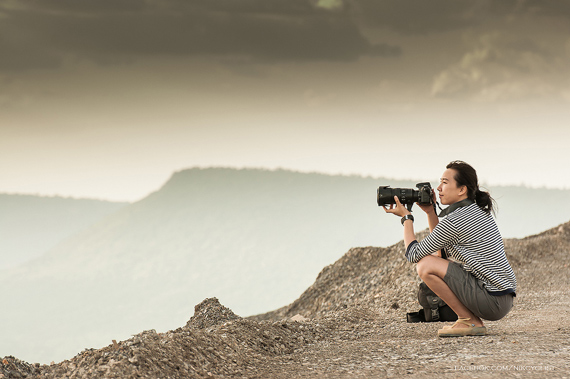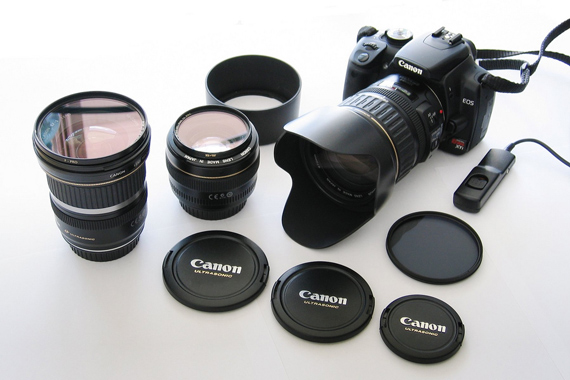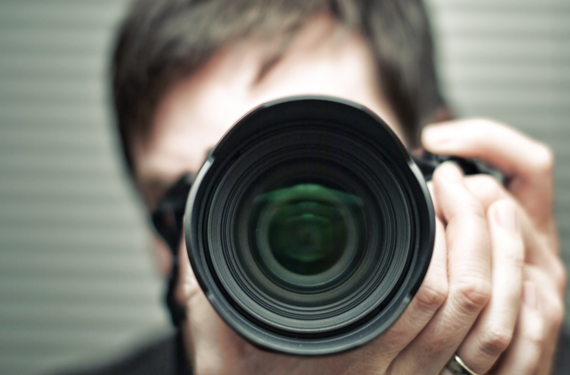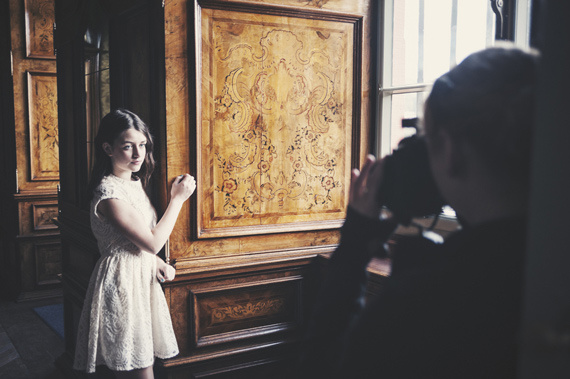How did you get into photography? Can you really make a good living shooting photos? These are a couple of the questions I often get asked by friends, models, and trainees. I recently visited a family friend whose son had just graduated and had really become interested in photography. He purchased a nice camera body and a few lenses and had already shot a number of beautiful scenic shots. As we were visiting, the questions above surfaced. I feel like I’ve had this conversation a number of times, but I still love sharing what I have learned on the journey.
As a photographer and media designer, I get to do a lot of fun things and call it work. Few people get to wake up in the morning and do what they’re passionate about day after day. Life is far too short to work an 8–5 job that slowly sucks the life out of you. I’m sure that if you’re reading this, you are well aware of that fact, but the challenge is how to make the transition. It’s a scary endeavor to start a photography business.
I’ve come up with the following list of tips to help the newcomer get off the ground and down the road toward success. I provide photography advice coupled with business advice. I don’t claim to be a photography or business genius and unfortunately have been taught far more through going down a road of mistakes than I have by nailing it the first time. As far as the completeness of my list, there are other great resources or recommendations out there, but I feel these 10 make a very strong base from which a photographer can operate.
1. Passion is vital for success. Are you really passionate about photography? No, I don’t mean have you taken some pictures on your cell phone, posted to Instagram and found it exciting. What I mean is, do you find it addictive? Are you continuously looking for opportunities to shoot, experiment, and tweak to make that perfect picture? Do you desire to intimately know your camera, understand lighting, aperture, lenses, posing techniques, and so forth? If you find yourself saying, “Meh, maybe,” then you might want to choose a different path. Clients can sense lack of passion like dogs sense fear.
2. Equipment is essential, but significant debt is debilitating. The easiest way to kill a passion is to water it down in debt.
3. Don’t be afraid to buy used equipment and work your way into better equipment. For years, I have bought and sold equipment used from Craigslist, Facebook photography groups, friends, and even pawn shops. It may be intimidating at first, and I recommend finding a photography friend to help you make sound decisions. I have found a number of people that did not follow rule number 2 and now need to sell their equipment. (Hint: When buying from Craigslist, never use PayPal and never ship. Always meet in a comfortable, public location like Starbucks for the transaction and review of equipment. Don’t be afraid to offer less, but discuss that before meeting. Also, for better deals, shop areas where the known income levels are notably higher.)
4. It’s typically better to spend more money on a lens versus a camera body. This may seem odd, but I have bought a number of lenses over the past 12 years. Amazingly enough, the lens I bought for $1,350 over 10 years ago is worth about $1,300. The Canon 5D body I bought for $1,800 would be hard to sell for $500. Putting current values behind, I know how tempting it is to buy the best camera body you can and then find a second rate lens to save money. The problem with that methodology is that you just reduced your camera’s quality tremendously by adding poor glass. Make sure you buy the highest quality lens you can afford, as you will likely have it longer than your camera body.
5. Knowing your market is essential to thriving as a photographer. You may enjoy taking pictures of families with a fake mountain in the background. It may be an incredibly crisp picture with great lighting, but if nobody likes the ’70s theme, it’s time to move on. Don’t force your style where the market is not going if you hope to make a living.
6. Get out of your bubble and shadow other professionals when possible. My clients have greatly benefited from the knowledge I have gained when working with other photographers. Sometimes, you have to put pride aside and look for opportunities to learn. Early on in my career, I worked with several photographers in a media design lab that I managed. Two photographers really stood out to me. It was interesting to learn their approaches to photography and dramatic differences in what they shot and how. Both were great, but had completely different styles. One focused on the technical aspects, while the other took an artistic approach. Later in my career, I shadowed a photographer on a bridal shoot that transformed how I use the sun and natural light. I’ve learned advanced lighting techniques from other photographers by simply asking questions. I’ve learned Lightroom techniques that simplified my post-production process while also contributing techniques that I use with other photographers.
7. This may sound like a contradiction to my previous recommendations, but be yourself as a photographer. By this, I mean don’t try to mimic other photography styles based on a client’s whim. Do what you do best and don’t be afraid to say you’re not a great fit in those cases. (This is certainly easier once you are more established.) Having said that, study other photographers and attempt to replicate photography styles that you find fascinating for the advantage of learning. Hint: It’s not always best to do that during a live shoot unless you’ve got the time and rapport with the client.
8. Educate your clients. Although it’s tempting to accommodate clients’ every wish, you must gently educate them on what it takes to have a successful shoot. For instance, noon outside in the summer of Texas presents a number of challenges that will likely lead to a poor photo and a frustrating experience. When scheduling natural light shoots, I learn more about the couple, family, or individual to determine style. Then I recommend a place and time (usually during the golden hour). Then we build from there. If we’re doing newborn photography, I will inform the client that we will move at the baby’s pace, which sometimes takes much longer than expected. Sometimes the baby needs to nurse or extra time is required to soothe the baby. You can’t rush a newborn! Telling this to the parents before they show up for the shoot helps prepare them for what may be a longer shoot and reduces the stress of an unexpectedly long shoot.
9. Guns and cameras shoot. A photography instructor told me once that a good photographer directs a shoot like he or she is holding a gun. I laughed at first, but I found this to be some of the greatest advice I ever received as a photographer. Clients don’t want unconfident direction.
Examples:
- Unconfident Request: “Would you like to try posing like this, maybe?”
- Confident Request: “Let’s try this pose next.”
- Unconfident Request: “Do you think you may like a picture with your left hand on your hip and arm across your body toward the shoulder?”
- Confident Request: “Put your right arm on your hip and bring your left arm to your shoulder… I love it.” (Compliments inspire confidence—see next tip.)
You get the drift. An unconfident photographer yields an unconfident model, and it will be reflected in your photos.
Note: Confidence is not rudeness; it is direct and clear instructions.
10. Compliments create confidence. While working with another photographer, I noticed that he would provide excellent feedback and compliment the model or group when their pose was good or the picture looked good. He would say it with such confidence that the models in the picture could not help but stand taller and appear more confident in the picture. He would throw out things like:
- “Wow, that’s a beautiful image.”
- “I love what I’m seeing here. Let’s continue with this look.”
- “What a glorious photograph.”
- “Oh, I really like this one.”
- “The lighting is just remarkable.”
He didn’t make it an awkward compliment that could make the model feel uncomfortable or concerned that their photographer may be creepy. He mainly spoke about the picture itself, but it was still exciting for the model to know they were getting good photos.
About the Author:
For more information about Luminous Productions Photography, their site is located at getyourpix.com. Luminous Productions Photography is based in Commerce, TX. This article was written by Joe L Shipman.
Go to full article: Top 10 Must Haves for Successful Photography
What are your thoughts on this article? Join the discussion on Facebook
PictureCorrect subscribers can also learn more today with our #1 bestseller: The Photography Tutorial eBook
The post Top 10 Must Haves for Successful Photography appeared first on PictureCorrect.
from PictureCorrect https://ift.tt/34uLnwd
via IFTTT











0 kommenttia:
Lähetä kommentti